Q&A with Louise: Is blogging dead or can I still use it to make my editing business visible?11/12/2017
This latest Q&A is for Eloise, who is right at the beginning of her proofreading and editing business journey and is keen to get her content marketing underway. Here's her conundrum: should she blog, vlog or podcast?
Hi, Louise! I’m based in the US and am in the process of setting up a new proofreading and editing business. I’ve been reading your blog and searching online elsewhere for guidance on getting seen.
A lot of people are talking about how video and podcasting are the big things. Would I be better off carving my niche with one of those, or is a blog still viable? I’ve read articles saying that blogging is on the way out but it’s still my preferred option. Your advice, please!
Hi, Eloise. That’s a great question! And congratulations on embracing a content marketing strategy early on. The sooner you start, the quicker you’ll see results.
I’m going to break down your question into three sections.
What does your audience prefer? I think this is the key issue. How you and I would prefer to carve out a niche is less important than what our target audiences want. I know a lot of pro marketers who have podcasts and vlogs and blogs. However, they still tend to focus on one channel and repurpose the content for others because: (a) they need to appeal to broad audiences with multiple preferences, but (b) they still only have 24 hours in a day. The situation for the editor is, I think, less demanding. I’m not for a minute suggesting that authors, students, charities, businesses and academics don’t consume audio-visual content. They do. I’m suggesting that since they’re looking for editors and proofreaders to help them with their writing, our providing content in written form makes sense. Blogging is therefore a good fit – a natural solution – because people with wordy problems are more likely to feel at home on wordy platforms. Think, too, about search. An academic looking for guidance on how to style her citations according to Chicago is more likely to search on Google than on YouTube, and unlikely to search on Pinterest. Now, of course, the search engines don’t link only to written content – not at all – and the more audio-visual content there is, the more it will show up in the search engines. However, highly ranked content holds its position because the search engine algorithms have deemed it interesting and valuable, based on the extent to which it’s linked to, shared, liked, commented on, and for how long people are engaging with it. We’re more likely to get positive responses to our content if we’re using channels that are suitable. And this is where I worry that the podcast and the vlog are not ideal primary platforms for editorial content ... Which channel best communicates what you’re offering? What works best will be determined by the nature of your content and what your audience wants to do with it. Here are a couple of examples:
Creating great content is about value, but also about accessibility. We need to ensure that our audience can get the help they need as quickly as possible and in a way that makes it usable. Otherwise they’ll become frustrated and go elsewhere. The beauty of the blog is that our audience can scan, grab, like and share quickly. That’s what marketers call a ‘good user experience’. I call it making people happy. Why blogging isn’t dead I’ve read those articles too. I’m flummoxed by them. They seem to assume that there’s only one market and that it’s full of people with the same problems, and that those people want to access solutions in the same format. That’s not the case. It can’t possibly be so for the reasons I’ve already discussed. I have evidence too. In 2017, my website received 343,302 page views (green column below). Google Analytics tells me that my blog content was the primary driver. I create content not only for authors but also for proofreaders and editors (it’s how you found me) and it shows that I’m ranking in the search engines for the questions people are asking and that I’m providing answers for.
Of course, that didn’t happen overnight; it’s taken me seven years to generate that level of discoverability. I believe that the increase this year's page views can be accounted for by a more purposeful approach to branding, scheduling, social media sharing, and content scope.
And while most of those visitors are colleagues (or people thinking about entering the industry), my being discoverable in Google for keyword search terms such as proofreading drives clients my way. You might also be interested in technical writer John Espirian's analysis. John started posting regularly on his blog several years ago and he's been purposeful about branding, scheduling, sharing and scope right from the get-go. He's found a significant correlation between his page views and his blogging. I think his results are superb and demonstrate how powerful blogging still is in terms of visitors to one's website.
You can see the full discussion on LinkedIn here.
Some of the objections raised in regard to blogging are as follows:
I believe there are solutions to these potential problems and I’d therefore recommend paying attention to the following: Mobile-friendly Make sure your website is responsive. That way, all the content – from your blog to your home page – will be readable on a mobile device. Try to keep your paragraphs short – anything more than two to three sentences on your laptop or desktop screen will appear as a wall of text on a smart phone. Multiple formats There’s nothing to stop you repurposing your blog content and introducing other media into the mix. For example, you could include short introductory videos about the blog post that could be used on social media to drive readers to your site. You could also introduce video tutorials into the mix, if and when they're relevant. I've done this with the installation instructions for my digital proofreading marks. Some of my colleagues have created excellent tutorials on macros and using Word's styles function. Or you might also create PDF versions of your blog posts so that readers can download the content to their preferred devices and read it at their leisure. Here’s an example of something I created to alongside my article Should a writer hire a freelance editor before submitting to an agent? And should editors accept the work?
Subscription numbers
Just because people aren’t subscribing doesn’t mean they aren’t reading, sharing, liking, commenting and linking to a blog. I began building my subscription list back in 2017. By May 2019 it stood at 900+. Compare that with 398K+ website page views in the past 12 months and it becomes clear that readership doesn’t equal sign-up.
It’s lovely to see people subscribing and visiting our sites but there’s a limit to how much we should dwell on the numbers. Someone else might have a website with much lower page-view numbers than mine but be targeting their core clients just as effectively and achieving their business goals.
The big issue is whether we’re discoverable by those who need our help and want to commission our services or buy our books, training courses and other products. Do we have a visible online fingerprint? Does that help our potential clients to find us? And are we securing the kind of work we want at the fee we desire? Those are the questions we should be focusing on. Density Current evidence suggests that longer blog posts get more likes and shares (see The Ideal Length for Blog Posts, Tweets, and Everything Else in Your Marketing). That can mean that our content is text-heavy. Two thousand words of waffle won’t do the blogger any favours so quality is always paramount. Focus on solving people’s problems and you won’t go far wrong. And if that means walls of text, break them up – not only with paragraph breaks and headers but also boxes, quotes images (Canva is your friend!), and bites of video or audio. Emotional connection There’s no doubt that when it comes to hearing someone’s voice and seeing their smile audio and video have the edge. That’s another reason why you might decide to add these media into the mix. But written content can be emotive too. When we solve people’s problems we make them feel something – relief, appreciation, a sense that they’re not alone, that they’re being listened to. I’m hoping you feel I’ve listened to you by dedicating this Q&A to your question and that you feel happy as a result. And I hope that you’ll share this post and visit again. That’s a win for both of us. And if you publish consistently useful, emotive stuff on your blog on a regular basis, you’ll build trust. When we’re trusted, our content is more likely to be shared and linked to ... sometimes even before the reader has had time to look at it. You can enhance those trust levels by making your blog posts recognizable, for example by incorporating images with a consistent design and your brand colours. Delivery Getting eyes on your blog is tricky at the beginning. Social media is the most powerful delivery tool available and should be incorporated into any content marketing strategy. Invisible content is of no value to you or your audience so build your network and use it to share what you’re publishing. Even if your blog content is solely focused on clients’ problems, other editors and proofreaders will also be interested because their clients might have similar concerns. Plus, colleagues are advocates. The international editorial community is beyond generous ... unusually so, I think. Engage with it, share your blog content with it, and give back what you get through reciprocation. If you create high-quality posts, your editorial friends will support you, I promise. What should you do? If your target audience wants to receive your content in written format, and that’s something you want to embrace, you should blog. Blogging isn’t on the way out. It’s as vibrant as ever ... as long as the content is giving people what they need, discoverable by those who need it, and readable on the devices they’re using. And to answer the final part of your question, I am absolutely going to continue blogging – I think that for our audience nothing beats it. I’m excited (and nervous!) about incorporating audio and video but the blog will remain my primary channel until further notice! Let me know when yours is live!
Related resources
Eguide: How to Build an Editorial Blog (Business Skills for Editors 2) Multimedia course: Blogging for Business Growth
Louise Harnby is a line editor, copyeditor and proofreader who specializes in working with crime, mystery, suspense and thriller writers.
She is an Advanced Professional Member of the Chartered Institute of Editing and Proofreading (CIEP), a member of ACES, a Partner Member of The Alliance of Independent Authors (ALLi), and co-hosts The Editing Podcast. Visit her business website at Louise Harnby | Fiction Editor & Proofreader, say hello on Twitter at @LouiseHarnby, connect via Facebook and LinkedIn, and check out her books and courses.
2 Comments
Thank you for this post, Louise and Eloise, thank you for your question. It's good to hear blogging isn't on the out yet. I think that in this day and age of commissioned, sales-focused writing giving people content that's of real value and not just a marketing bait is a particularly good business strategy. Good luck Eloise!
Reply
Louise Harnby
14/10/2019 03:51:27 pm
Exactly that, Kasia!
Reply
Leave a Reply. |
BLOG ALERTSIf you'd like me to email you when a new blog post is available, sign up for blog alerts!
TESTIMONIALSDare Rogers'Louise uses her expertise to hone a story until it's razor sharp, while still allowing the author’s voice to remain dominant.'Jeff Carson'I wholeheartedly recommend her services ... Just don’t hire her when I need her.'J B Turner'Sincere thanks for a beautiful and elegant piece of work. First class.'Ayshe Gemedzhy'What makes her stand out and shine is her ability to immerse herself in your story.'Salt Publishing'A million thanks – your mark-up is perfect, as always.'CATEGORIES
All
ARCHIVES
July 2024
|
|
|
|


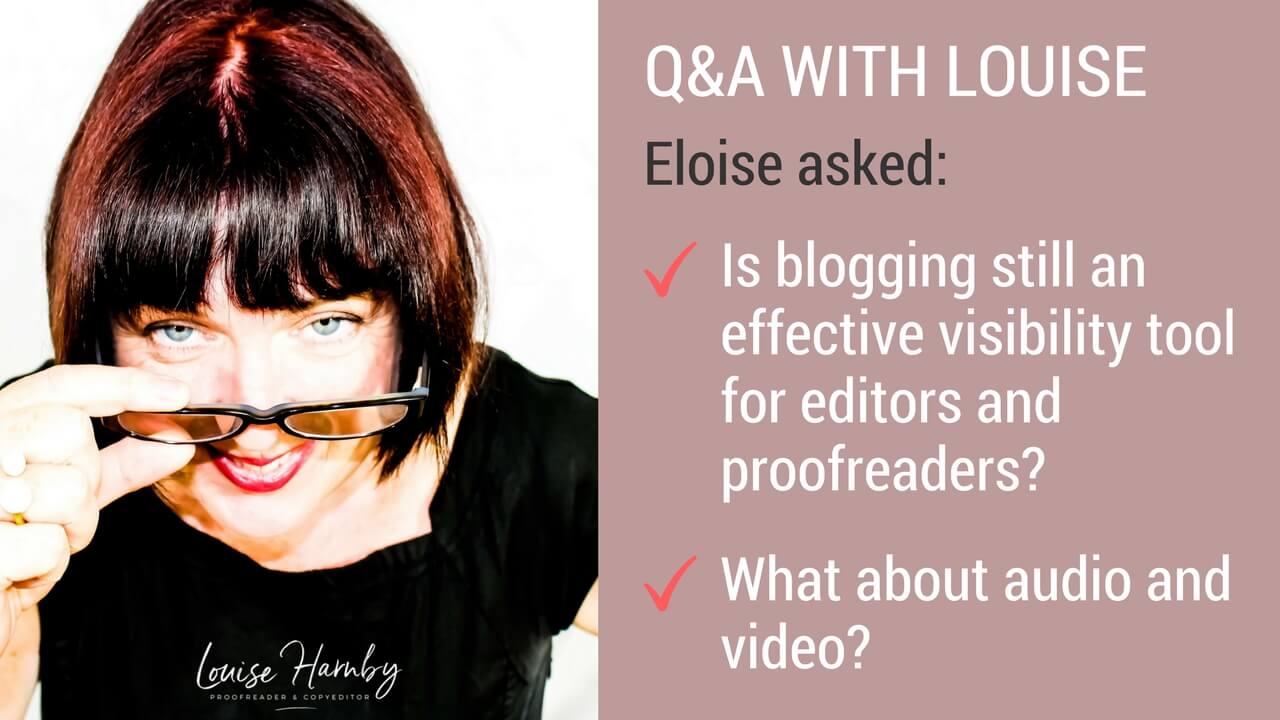
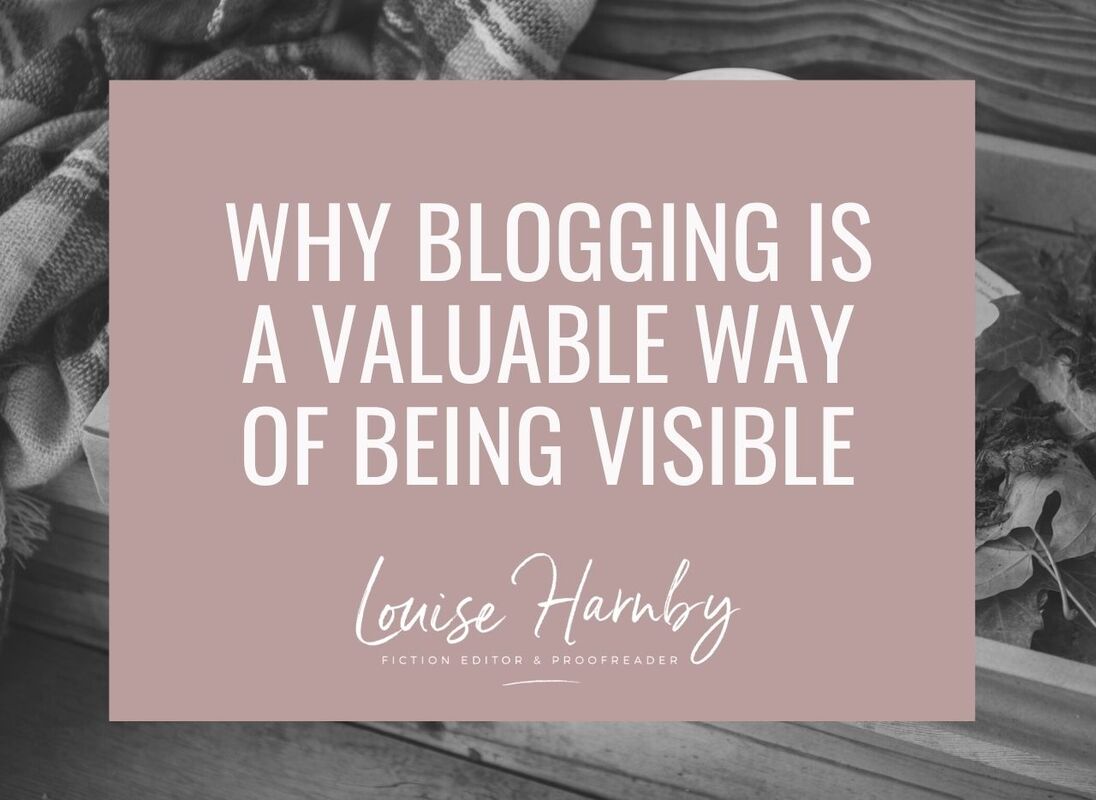
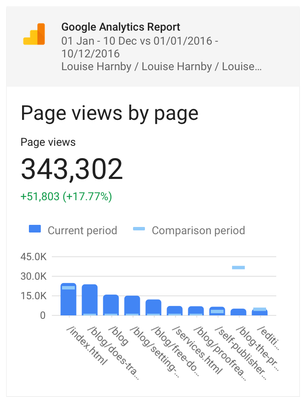

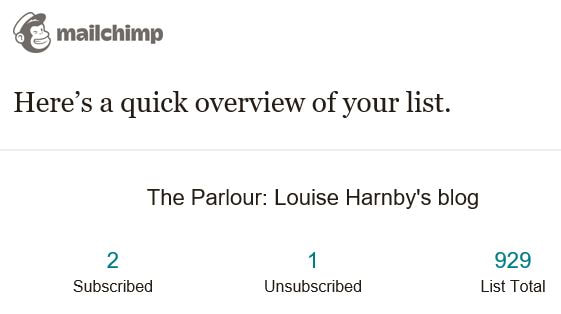
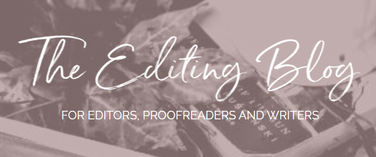

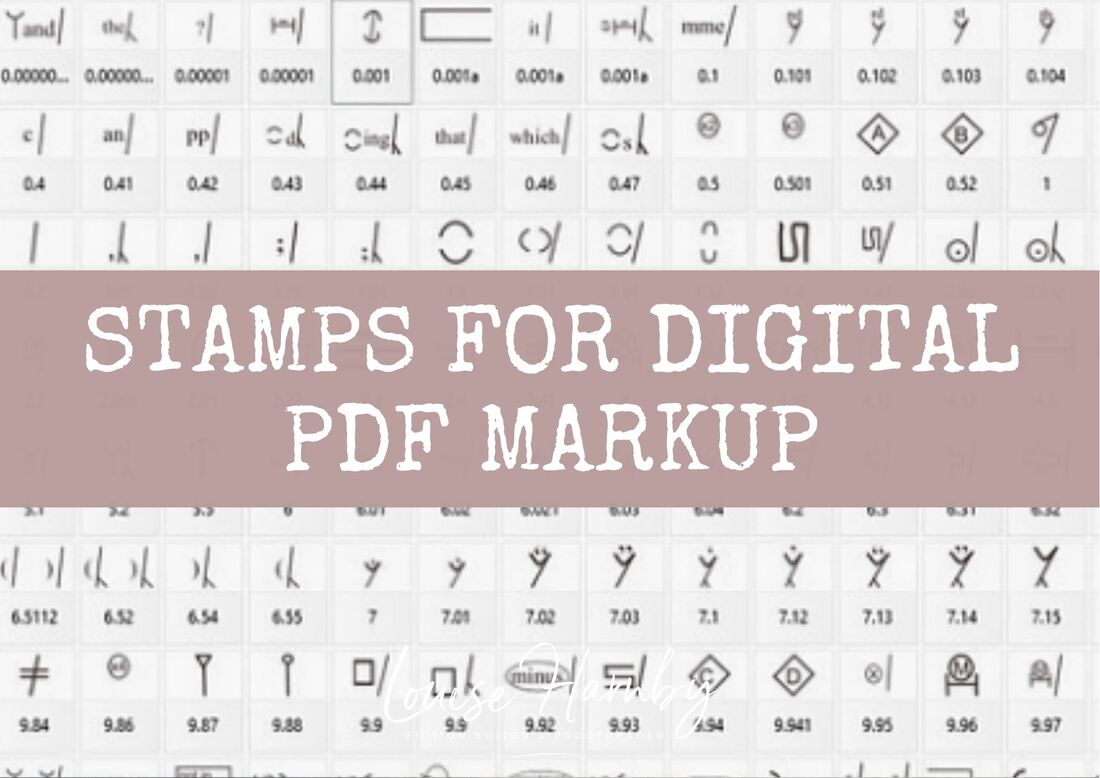


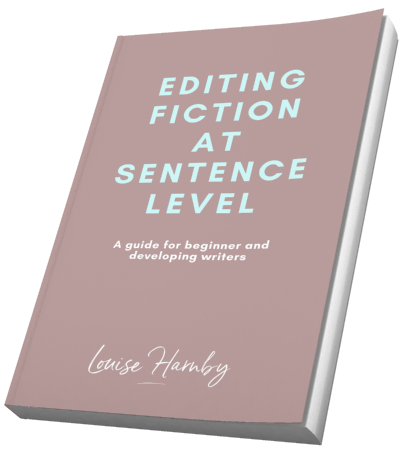
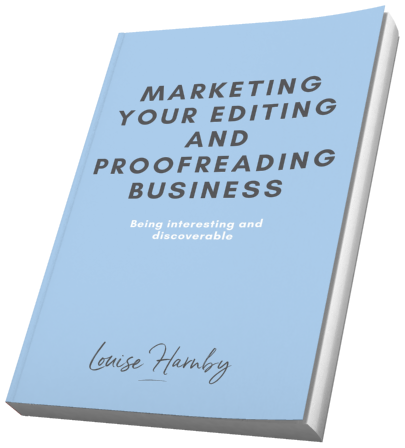
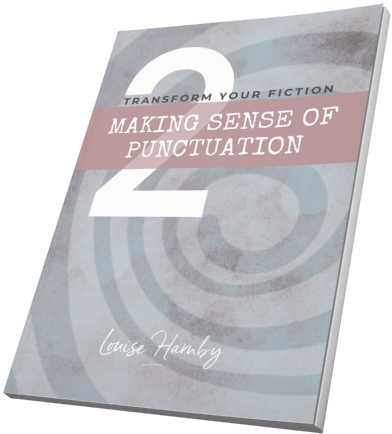
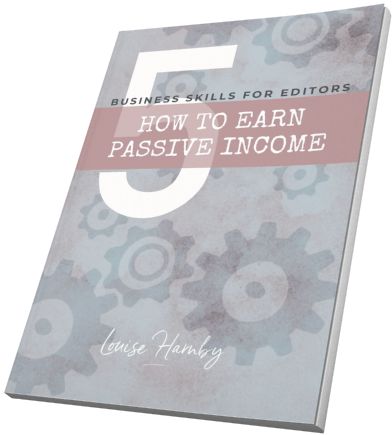
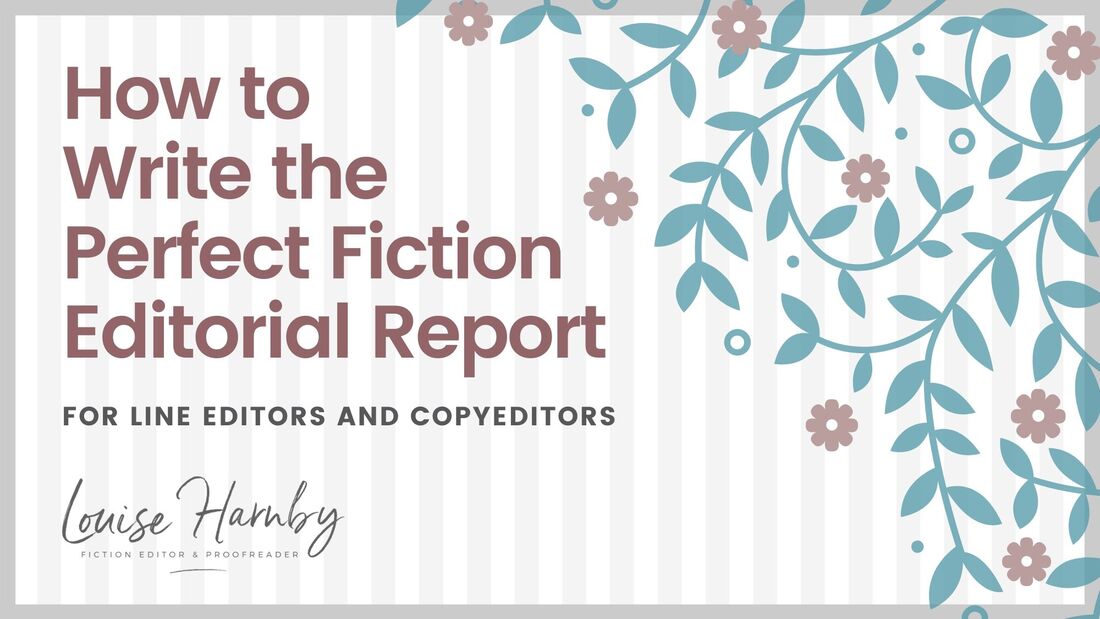
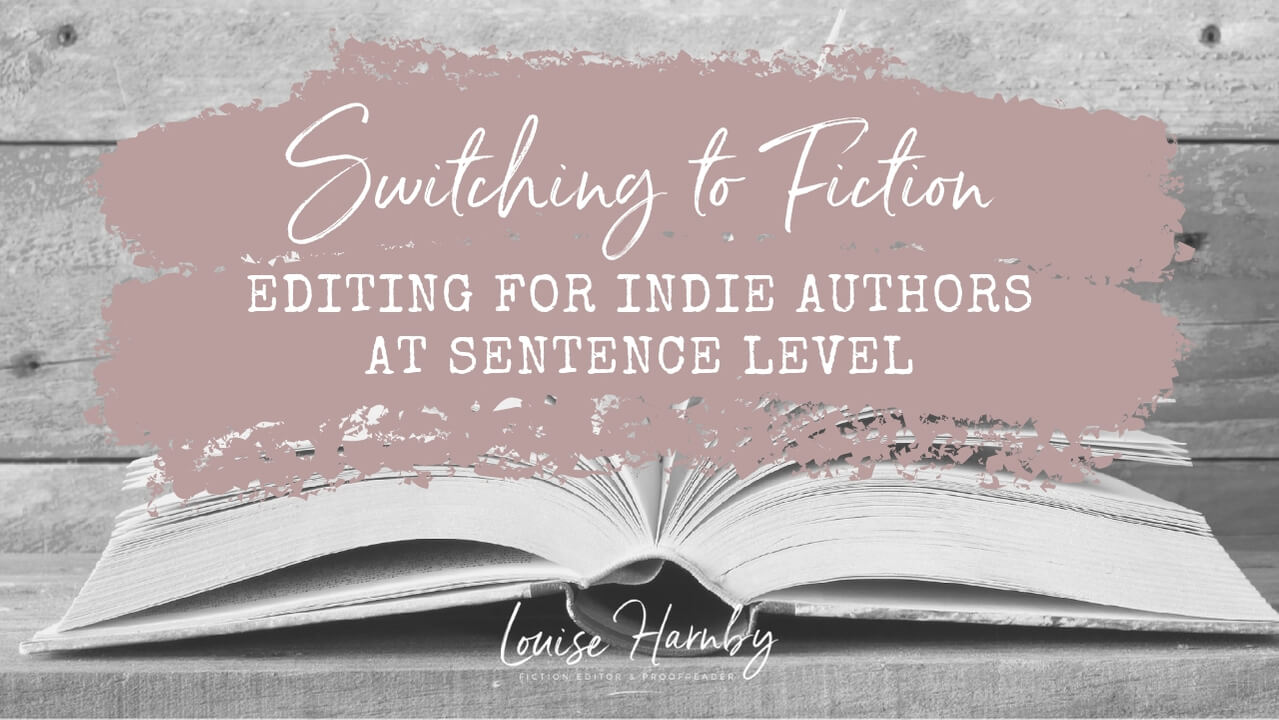
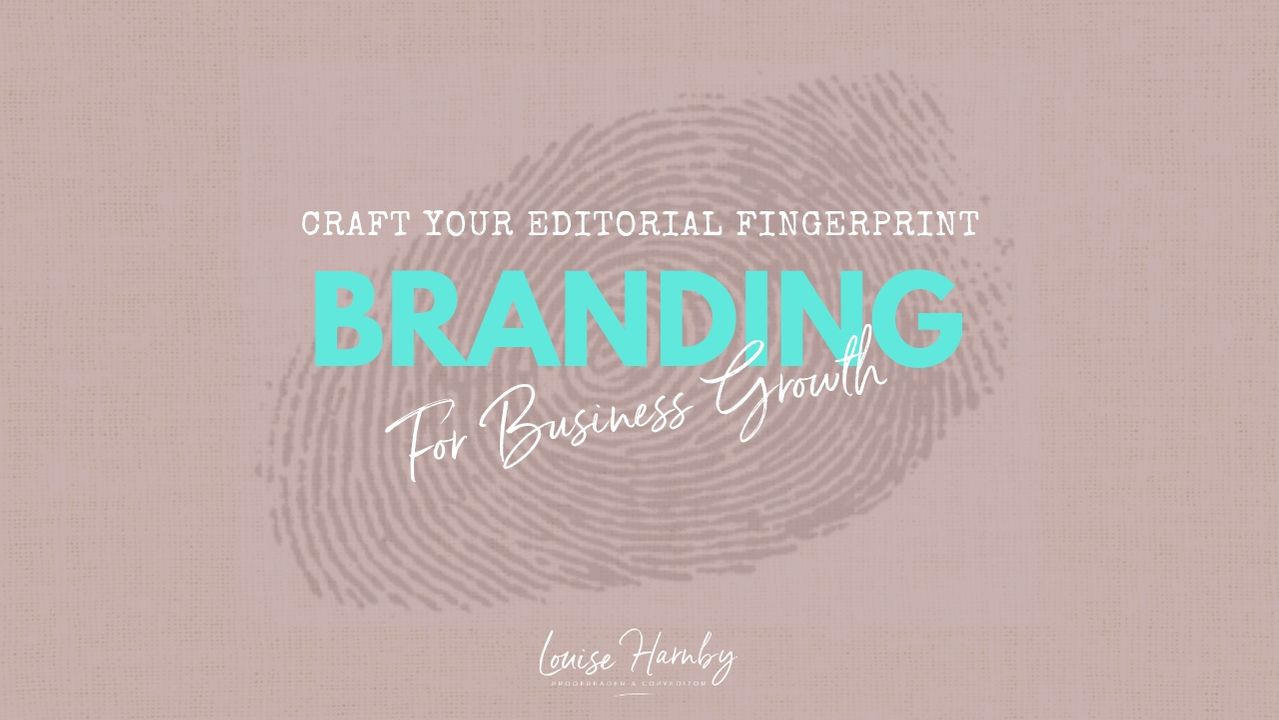
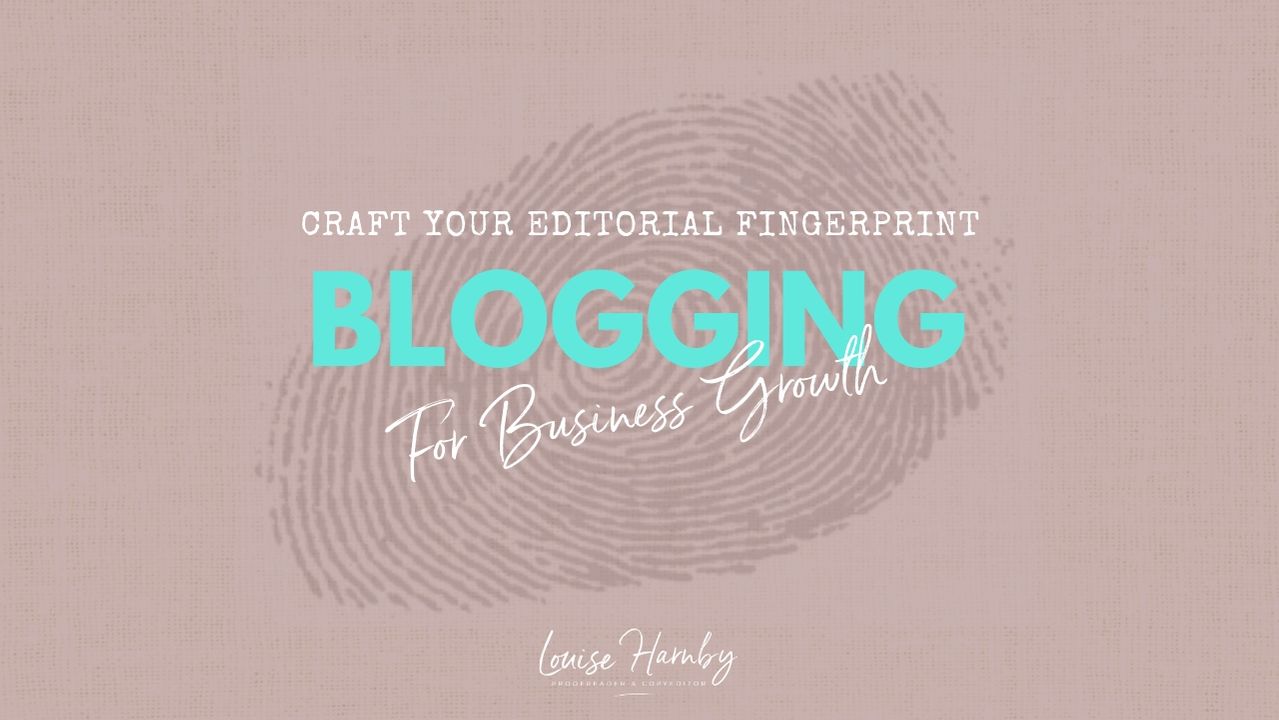
 RSS Feed
RSS Feed





